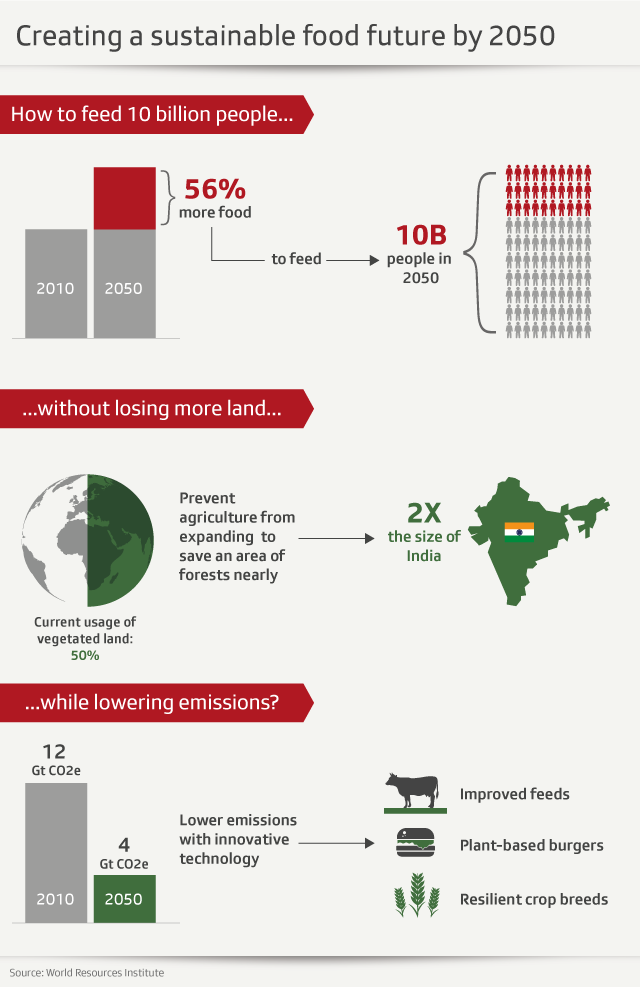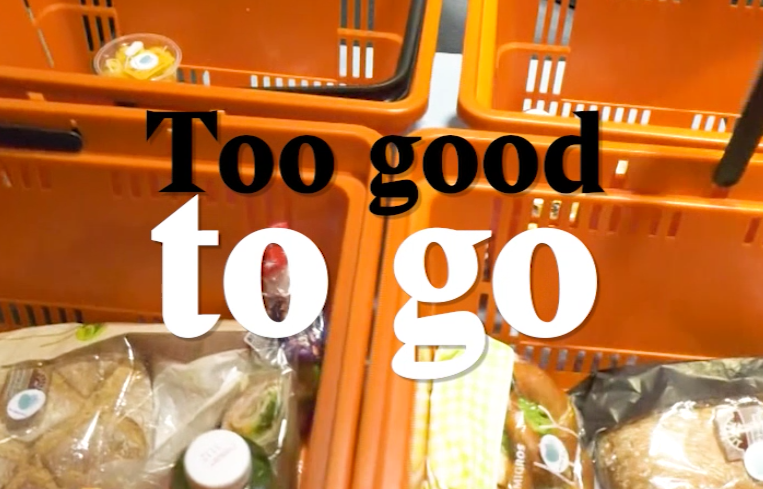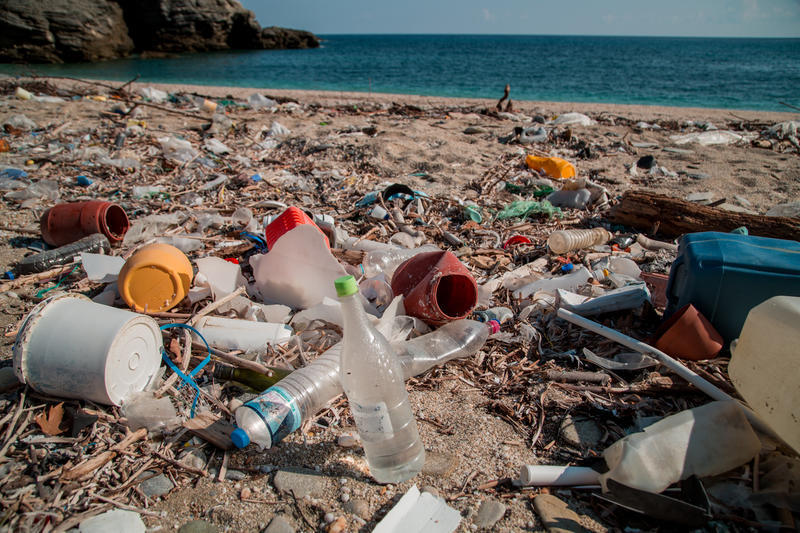WEF delegates chew over the future of food

The future of food has been on the menu at the World Economic Forum (WEF) this week. The central question: how can the world feed 9.8 billion people by 2050 and save the planet?
Inequality is an important part of that puzzle. Nearly 800 million people are undernourished, two billion are deficient in vitamins and minerals, and another two billion are either overweight or obese. More than 820 million people are struggling to feed themselves.
So how do we get out of this?External link
Change in diet
Rising to this challenge requires dietary changes combined with improved food production and reduced food waste, according to the EAT-Lancet Commission report, which drew on 37 experts from 16 countries with expertise in health, nutrition, environmental sustainability, food systems, economics and political governance.
Large multinational companies, including many in Switzerland from agribusiness to consumer goods and insurance, need to be at the table alongside smaller producers, governments, NGOs and others.
In Davos, swissinfo.ch spoke to Diane Holdorf of the World Business Council for Sustainable Development (WBCSD) and former chief sustainability officer at Kellogg Company, who believes companies must look at “how they transform their value chains, how they source and grow their ingredients, how they design and redevelop their foods and what that does for the health of consumers that they serve”.
Companies should also have an incentive to do so. According to the Ellen MacArthur Foundation, for every dollar spent on food, society pays two dollars in health, environmental, and economic costs. This amounts to $5.7 trillion (CHF5.6 trillion) per yearExternal link globally.

Published this month, the EAT-Lancet report lays out a daily diet that limits red meat intake to 14 grammes per day and vegetables to 500 grammes per day. More than a third of the calories (35%) would be drawn from whole grains, root vegetables and vegetable proteins.
That represents a 50% decrease in the global consumption of foods such as red meat and sugar, a sacrifice offset by the doubling of nut, fruit, vegetables and legume consumption.
But a shift to healthier diets won’t be enough.
Reducing Food Waste
The commission recommends four additional strategies: refocusing agriculture from producing high volumes of crops to producing varied nutrient-rich ones; intensifying sustainable farming; preserving natural ecosystems and halving food waste.
The report has encountered criticism, notably from the U.K.-based Sustainable Food TrustExternal link, which took issue with the “blind faith” attached to the “unproven concept” of sustainable intensification.

The bulk of food waste concerns low and middle-income countries. In developed countries like Switzerland, food waste is primarily caused by consumers. Quick fixes here would include improved shopping habits, better understanding of ‘best before’ and ‘use by’ dates, better food storage, preparation, portion sizes and use of leftovers.
The Alpine nation boasts an app that fights food waste by getting supermarkets and shops to put their products online at reduced prices at closing time, but it still has a long way to go. Households, not catering, account for most of the food discarded.

More
Fighting food waste
Old, new and tailormade technologies
Experts agree there is no magic silver bullet that can fix our broken food system and point to the need to undertake better risk management across the value chain. There is no use producing more robust maize varieties if 30% of it is lost post-harvest.
When people think about technology and agriculture today they tend to envision drones, genetically-modified crops and green vertical farming systems found in grey concrete jungles, such as the Bosco Verticale (Vertical Forest) in Milan.
However, solving world hunger will also require a broader and smarter application of tried and true methods: conservation agriculture, agro-forestry, terracing, and watershed management.
Alexandra Brand, chief sustainability officer at Swiss agribusiness company Syngenta, explains that everything from robotics to biologics are areas that the company is exploring to make land more productive and to reduce pesticide use.
“GMO is part of it, but it is going to take all of it,” says Holdorf, managing director of food, land and water at WBCSD.

More
A Swiss agribusiness perspective on the future of food
The challenge is to increase farm productivity without large-scale deforestation – one of the most widespread and critical changes humankind has done to the surface of the earth, according to the United Nations Food and Agricultural Organization.
A sign of the changing times was the decision by Swiss agribusiness Syngenta – which struggles with a negative reputation born out of the pesticide use debate – to create a chief sustainability officer position in 2018.
Practices such as proper tillage, crop rotation, soil analysis, nutrient management, irrigation and pest control can increase farmers’ yields.
The climate change wild card
Complicating matters is extreme climate events that limit the ability of landscapes and food systems to absorb and withstand shock.
“More extreme events are happening, and they are causing more damage,” Gernot Laganda, who oversees climate and disaster risk reduction issues for the World Food Programme (WFP), told swissinfo.ch in a telephone interview. “A food system can be affected by these events at every stage.”
Food systems consist not only of production but also processing and transporting. When you need to produce and store and deliver milk at higher temperatures, more of it goes to waste. And you need more energy to cool it.
The hardest hit, he adds, are agrarian economies where the bulk of GDP – 40 to 50% – comes from agriculture. An extreme weather event can deprive small-holder farmers from access to markets to sell their products or get inputs such as fertilizers.
One area of progress: weather forecasting has become increasingly accurate. Technologies can increase access to information. But before that, it is important to have a clear picture of what the farmer needs: is it the onset of rainfall or the amount of rain?
“Before the technology gets applied we must understand the needs of people,” says Laganda. “This is the piece we often forget: understanding the needs, making technology deliver a tailor-made solution.”

In compliance with the JTI standards
More: SWI swissinfo.ch certified by the Journalism Trust Initiative














You can find an overview of ongoing debates with our journalists here . Please join us!
If you want to start a conversation about a topic raised in this article or want to report factual errors, email us at english@swissinfo.ch.